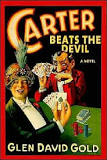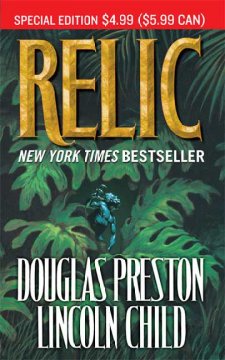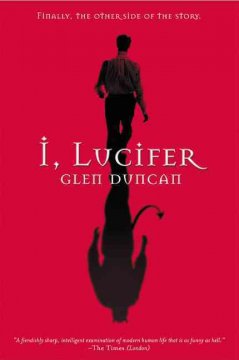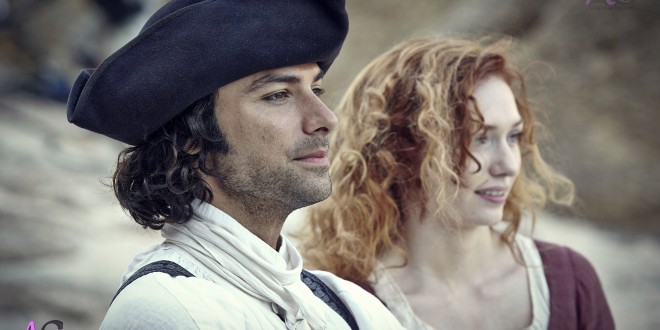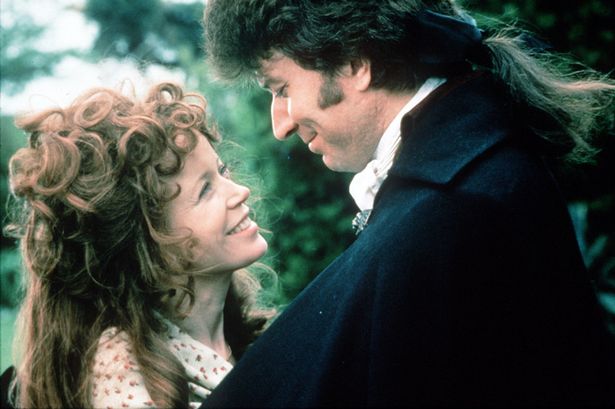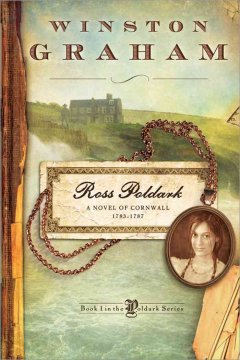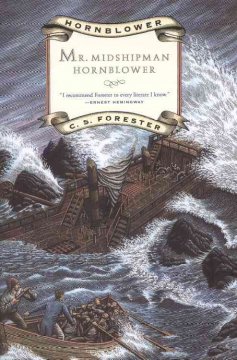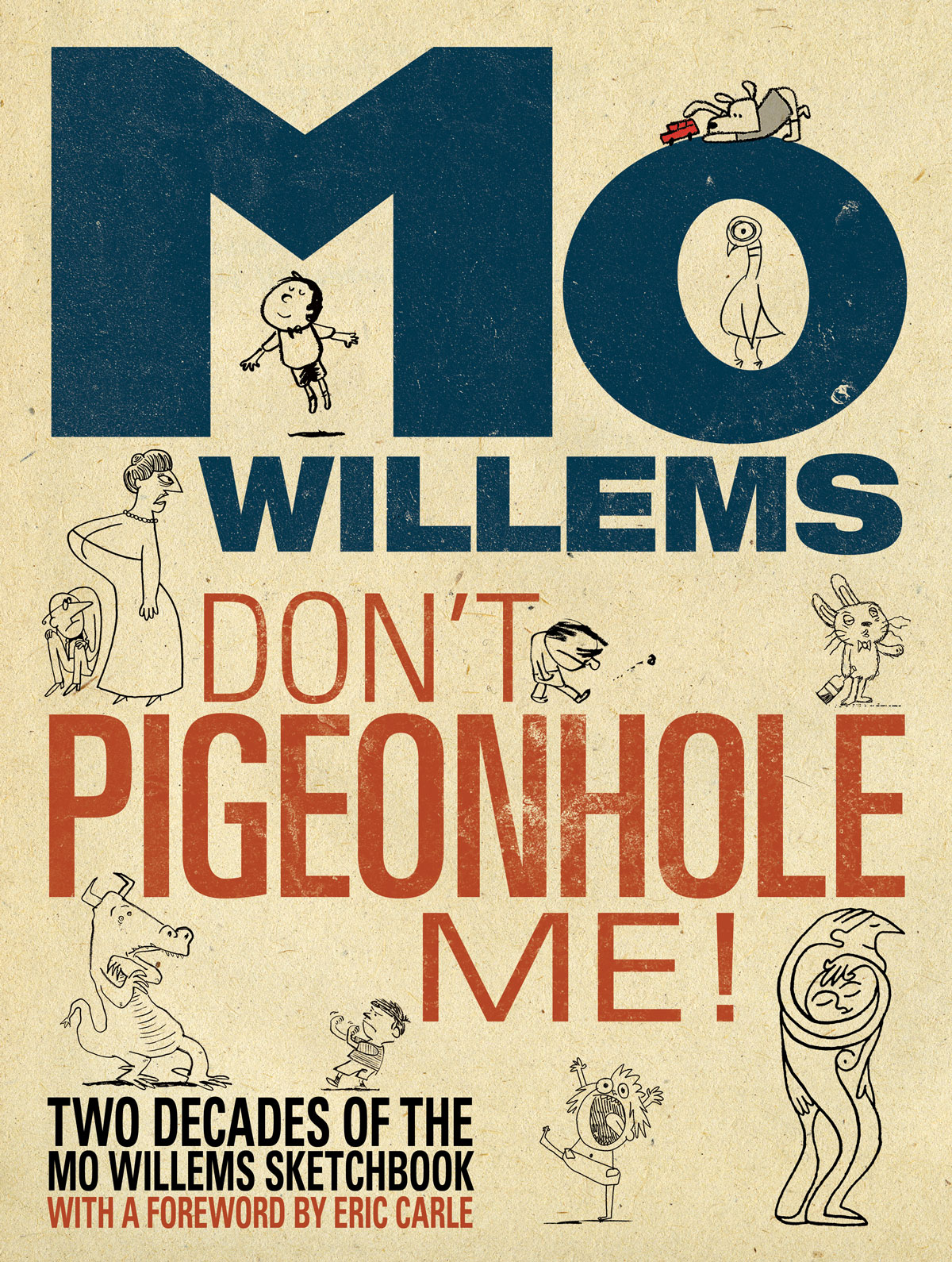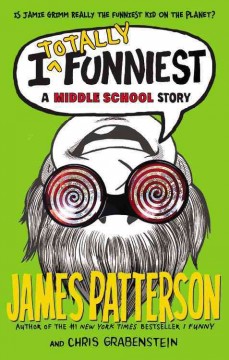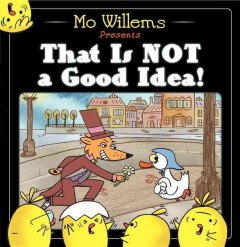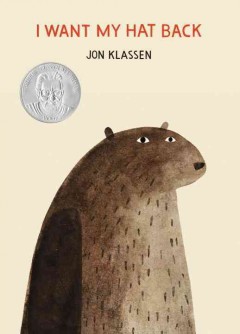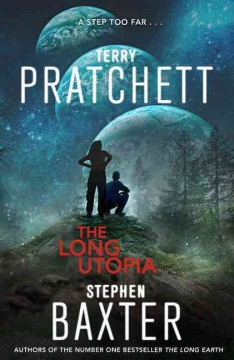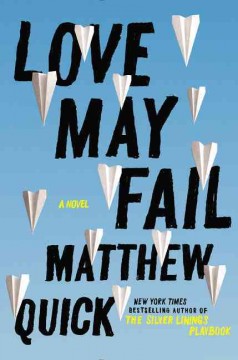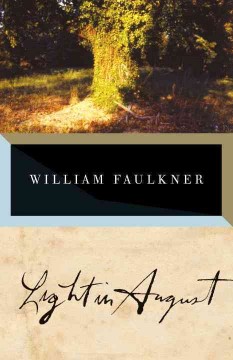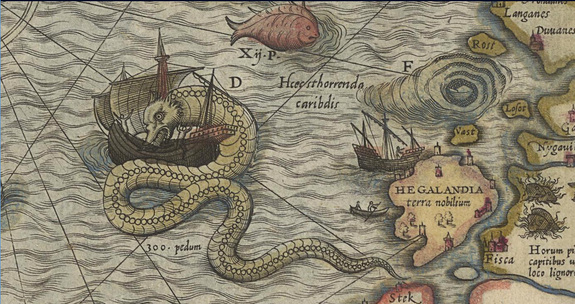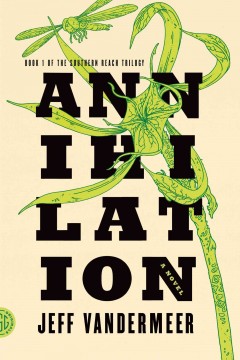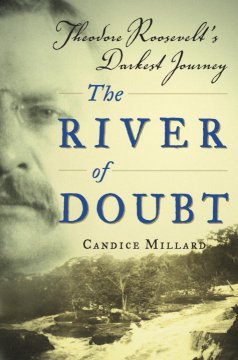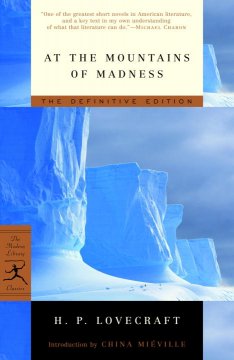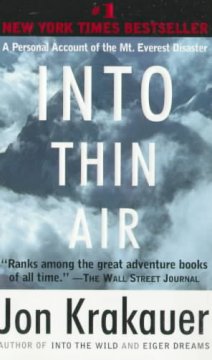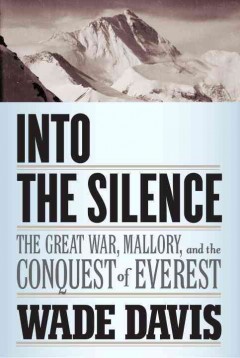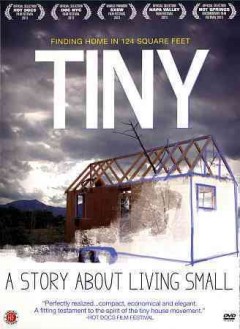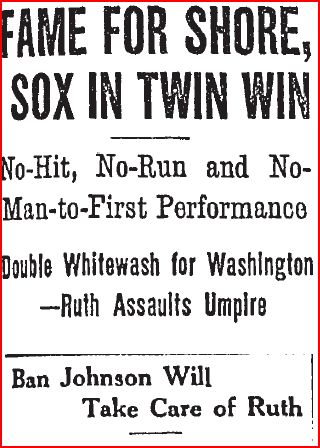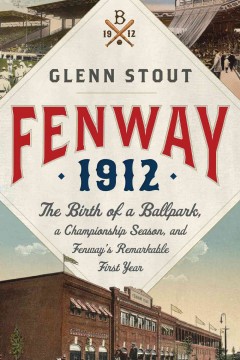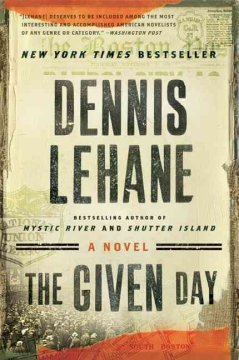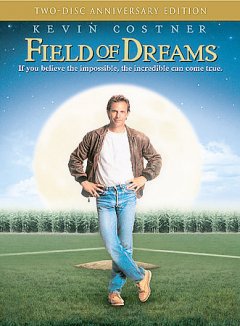We’ve had a number of readers come in looking to fulfill their summer reading lists lately, and it got me to thinking…..When I was in school, I hated summer reading lists. Loathed them with a passion it is difficult to put into words. This is mostly because I refused to be told what to read, and under what time restrictions.
But now that I am…well, older than I was then…the problem is that there are so many books to choose, and so many lists and suggestions and conversations going on about them that sometimes the decision is just impossible!
More than anything, in the summer, I want to read a book that I’ve never heard of previously; that is completely different from what I read normally; that is surprising and challenging and will make my summer thoroughly memorable. And it turns out that there are those of you out there who feel the same way (This is why I love my job, in case you were wondering)!
So here, without further ado, is a list of off-the-beaten track suggestions for your summer reading list. Stay tuned to this list for updates and opinions to follow!
Glen David Gold wanted to write a biography of Carter the Magnificent (aka Charles Carter), but was unable to assemble enough information, and so he turned his sights on an historic thriller. I don’t want to give away too much, but the reader gets to follow Carter from his first performance to his last, from his show for Warren Harding to his acquaintance with Houdini, from the development of his stagecraft to his lifelong search for his true love, who was foreshadowed by a gypsy during his early vaudeville days. If you enjoyed this heartbreaking, redemptive, and constantly surprising novel, be sure to check out Gold’s mind-bending Sunnyside, featuring Charlie Chaplin, too!
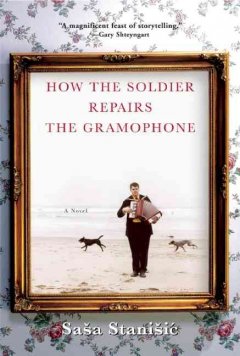 How the Soldier Repairs the Gramophone
How the Soldier Repairs the Gramophone
I heard Sasa Stanisic speak at the Harvard Book Store when this book was released, and it remains one of the absolute highlights of my linguistic existence. He got up to read, looked at everyone and said, “I can’t wait to read this! I haven’t seen this translation before, so I’ll be reading it for the first time with you!” And his eagerness, his sheer delight, is evident in every page of this book. Stanisic’s book is a loosely biographical tale about a child refugee from Bosnia, named Alexander, growing up in Germany, whose Grandmother makes him promise to “remember when everything was all right and the time when nothing’s all right”. But Alexander is also a story-teller, so you never quite know where his memories end and his fantasies begin. Stanisic is one of those writers who can break your heart and make you giggle hysterically in the same breath and his book is pure magic. And he made a collection of things his readers had forgot. And my contribution made the list. Woot.
Dr. Who screenwriter and general all-around genius Mark Gatiss has crafted quite possibly one of the greatest series ever written in this spy-spoof and general send-up of Victorian literature, featuring the irresistible Lucifer Box of 9 Downing Street. In this installment, we learn of his adventures in 1890’s Italy and London, and his illicit affairs across the continent while investigating the strange goings-on around Pompeii. The second installment is set in Switzerland following the First World War and made me weep openly on a bus, but more about that some other time…
This series by the dynamic duo of Douglas Preston and Lincoln Child has been making the rounds of the staff and patrons this summer, because they are insanely suspenseful and wonderfully, deviously creative, and scary and utterly ridiculous, all at the same time. These first two books feature monsters in t
he New York Museum of Natural History, the subway, and a gloriously magnetic, enigmatic FBI Agent named A.X.L. Pendergast who arrives to save the day. These aren’t books that are easy to describe (mostly because you end up feeling very silly saying “I’m reading about about monsters in the New York Subway), but I promise you will have no trouble diving in for more Pendergast!
Glen Duncan offers the Prince of Darkness a chance to speak for himself in this unsettling, thought-provoking, and fascinating work. Somewhat guilty over their centuries-long sparring, God has offered Lucifer something of a do-over. He gets the chance to inhabit a human body and try to redeem its soul. They agree on a trial period, and down goes Lucifer into the form of writer Declan Gunn (hardy har har). What follows is an account of Gunn/Lucifer’s reawakening that is sometimes a little-overenthusiastic in its extremes, but also full of some remarkably interesting insights into humanity and the real nature of Good and Evil. There’s no way the book can end without feeling somewhat predictable, but the final scene between Lucifer and Raphael makes the entire book worth every minute. For a debut, this is, ahem, one hell of a novel.
Hope this list gives you some inspiration for the upcoming holiday weekend, and be sure to keep the recommendations coming!

